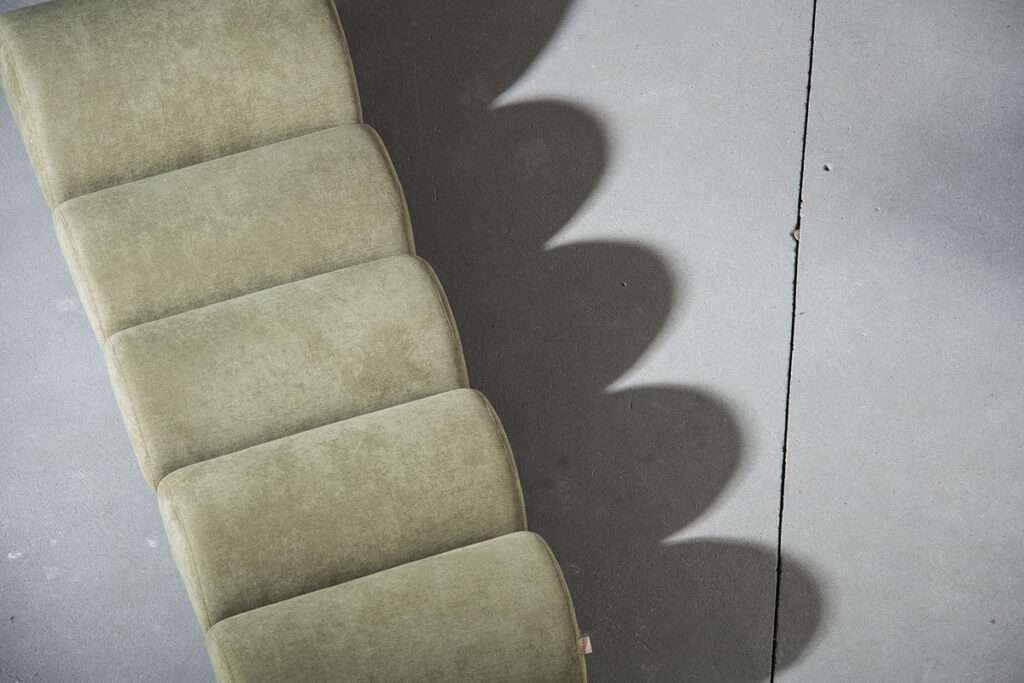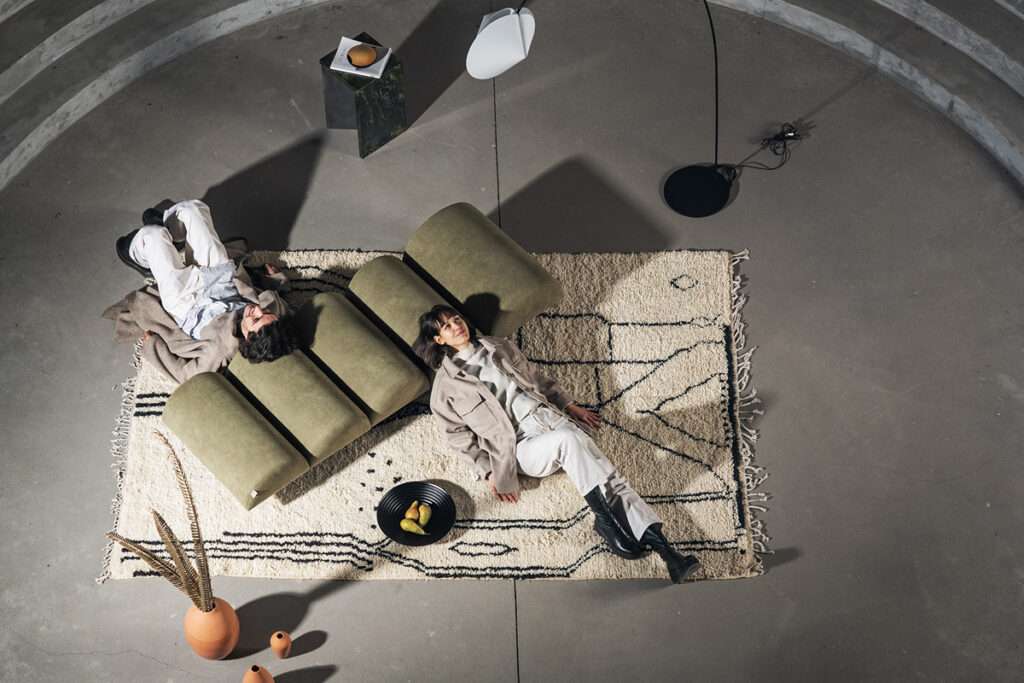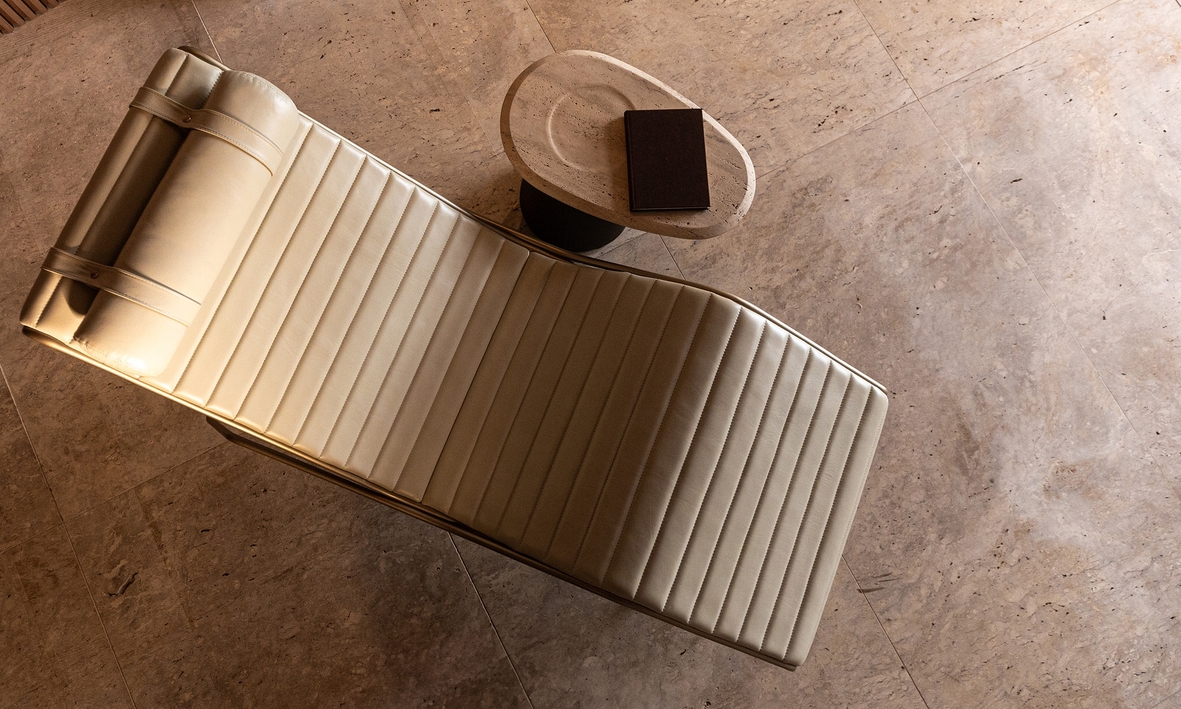
This project is featured as part of the D5 Digital Design Week: AI & Sustainability. To learn more, click here.
In an ever-evolving society, viewing the future optimistically would seem only natural. Our living conditions continue to improve, and our opportunities are expanding with the economy’s growth. However, much of the science fiction imagery of the early 2000s presents a different story—one marked by pessimism, apocalypse, and dystopia. These films often depict dark, cold, industrial, and sometimes war-torn environments, influencing how we envision our future world.
Interestingly, these dystopian narratives have profoundly impacted the material culture of our everyday lives, with objects often reflecting these dark, stark atmospheres. Unlike the 1960s and 1970s visions, in which the design environments seemed utterly disconnected from the reality of daily life, today’s depictions of the future are much more relatable. Modern sci-fi films feature furniture and decor resembling contemporary objects—sometimes even designer pieces—creating a closer connection between our present and the imagined future.
Technological advancements have permeated every aspect of our lives, influencing this shift. The rapid pace of technological development often raises fears about its overwhelming control over our future, leading to nostalgic visions of the past. This nostalgia surfaces in the design of objects that embody the present—those familiar, timeless pieces that ground us in the world we know.
The NÁMI Collection by NORNA Design beautifully reflects this trend. Drawing from the material environment of postmodern science fiction films, it offers a glimpse into a distant and intimately familiar future.



NÁMI Collection: The Past
The NÁMI Collection is inspired by grand spaces and the arcades that often fill them. These architectural features gave the collection its unique starting point, creating furniture that merges form and function more immediately than traditional sci-fi designs. Unlike the stark, angular structures typically seen in the genre, these pieces introduce a more approachable aesthetic.
The furniture in this collection doesn’t immediately announce itself as part of a futuristic sci-fi set, yet it conveys a sense of otherworldly elegance. The seating and sleeping surfaces were designed with a highly intelligent protagonist in mind—someone who has mastered complete control over their body, needing only a few hours of sleep to regenerate. This led to the creation of semicircular, curved forms that evoke a strange sensation, where cushions support the body in only a few places. The sleeping surface almost seems to lift the user, symbolizing a form of detachment and dehumanization. The central cylindrical seat, which defines the pieces, contrasts with the subtle frame, creating a floating effect that feels out of place yet undeniably appealing.
NÁMI Collection: The Present
The furniture in the NÁMI Collection takes on an entirely different character depending on the environment in which it’s placed. In stark industrial settings, the pieces communicate a raw, futuristic vibe, while in a domestic space, they resonate with a more personal, intimate touch. This contrast highlights the contemporary evolution of sci-fi visuals, where the future is not so far removed from our present reality. Gone are the bulky, synthetic plastics and fantastical, over-the-top designs. In their place, we see objects that are not just futuristic but also believable—integrating seamlessly with today’s world.
The NÁMI Collection consists of three key pieces. The first is an alternative to the traditional bed—a lounge designed for a single person’s afternoon rest and relaxation. The second piece, a bench akin to a sofa, offers a space-saving solution for smaller spaces, like an entryway, without sacrificing comfort. Two additional pillows add symmetry and create additional resting spaces. Finally, the NÁMI Seat is a compact yet versatile piece, serving as a footrest for a sofa or chair or standing alone as a functional seating element. Its simple design, featuring a large cushion and a sleek, curved metal frame, is elegant and practical.
NÁMI Collection: The Future
The beauty of the NÁMI Collection lies in its ability to adapt to its users’ ever-changing needs. When placed in an industrial environment, these pieces create a sense of detachment from humanity, yet they become familiar and inviting in a homely setting. This fluidity represents a shift in the visual language of contemporary sci-fi—no longer does the future feel so distant. Rather, the future is visualized in ways that reflect our current world, offering a subtle nod to what lies ahead.

About the Designers
The brand is the brainchild of Petra Pinezits and Alexandra Takács, two industrial designers with a passion for creating timeless furniture pieces that have a narrative. The name “NÓRNA” is inspired by the Nornir of Scandinavian mythology—the goddesses of fate who control the past, present, and future. Just as the Nornir weave the fates of men, Pinezits and Takács weave the design threads, creating pieces that connect time periods and tell stories through their form and function.
The brand was born from their shared experiences at the Moholy-Nagy University of Art and Design, where they discovered that their design styles worked harmoniously together. This collaboration led to the founding of NÁMI in 2022 as part of the HFDA mentoring program. Despite having different approaches to design, their collaboration is built on mutual trust, with each bringing their unique perspective to the creative process.

Designers:
- Petra Pinezits is a graduate of the Buda Drawing School (Metalwork), the University of Western Hungary (Product Design), and the Moholy-Nagy University of Art and Design (Furniture Design).
- Alexandra Takács is a graduate of Budapest University of Technology and Economics (Industrial Design Engineering) and Moholy-Nagy University of Art and Design (Furniture Design).
Together, they are shaping the future of design—one that celebrates the intersection of past, present, and future in a single piece of furniture.

NORNA creates lasting furniture with a story. Every design starts with research and studying the topic along the lines of the designers’ current interests.
Photos courtesy of NORNA Design.









